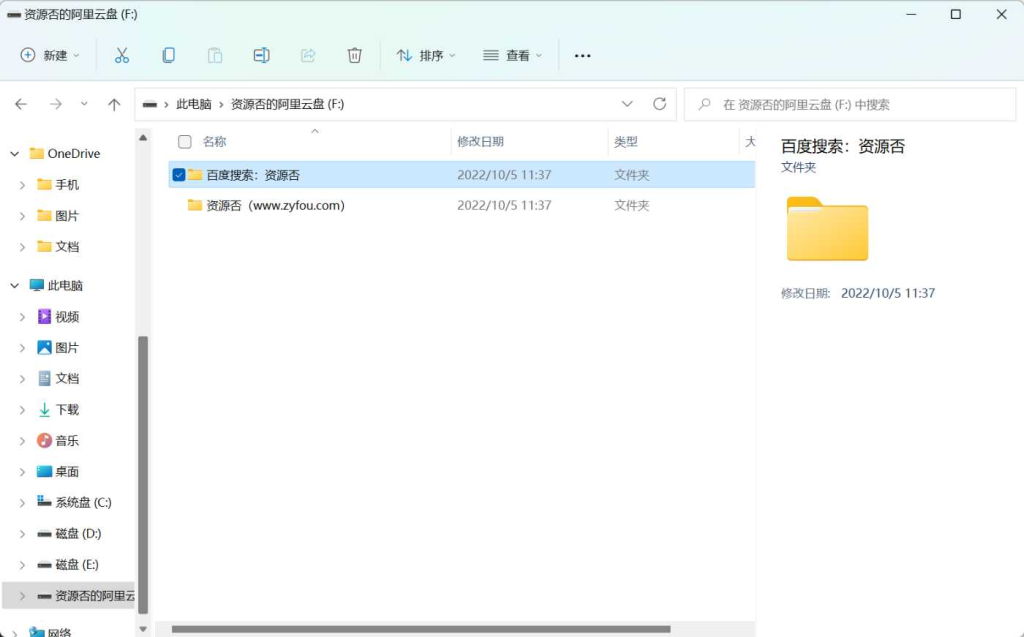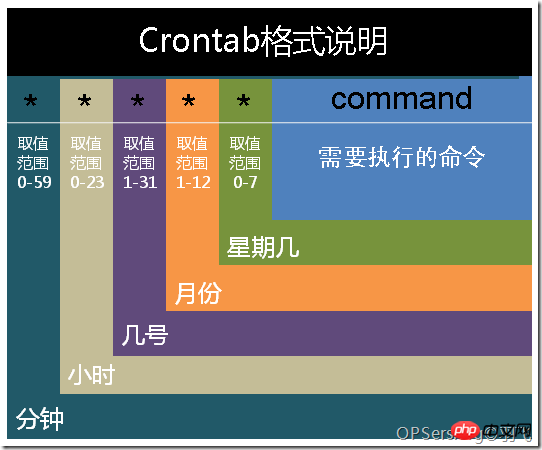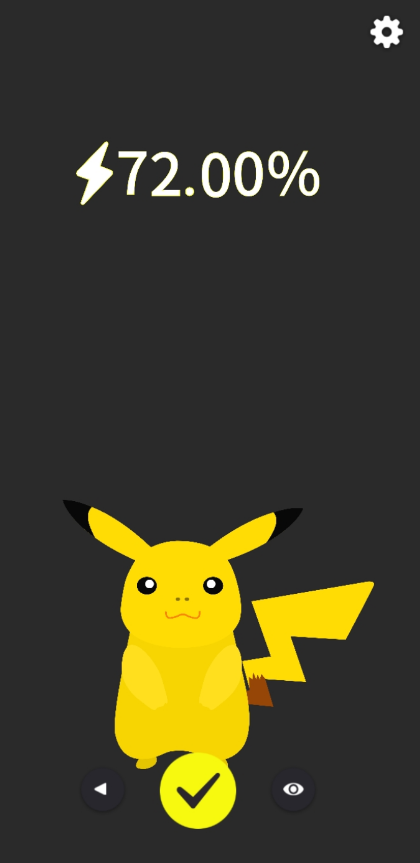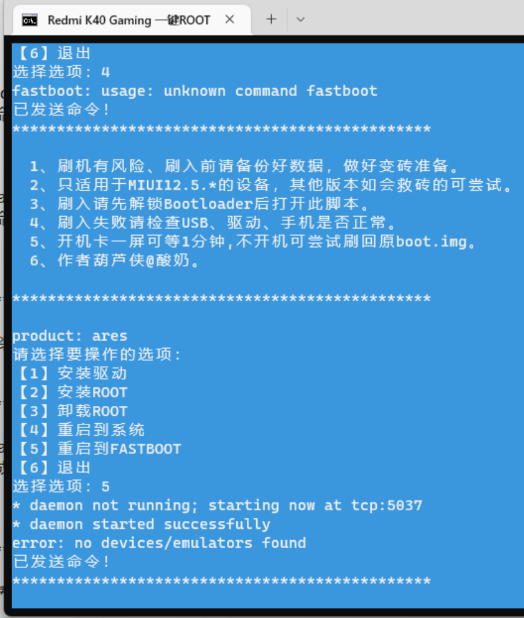
EasySwoole
EasySwoole 是一款基于Swoole Server 开发的常驻内存型的分布式PHP框架,专为API而生,摆脱传统PHP运行模式在进程唤起和文件加载上带来的性能损失。 EasySwoole 高度封装了 Swoole Server 而依旧维持 Swoole Server 原有特性,支持同时混合监听HTTP、自定义TCP、UDP协议,让开发者以最低的学习成本和精力编写出多进程,可异步,高可用的应用服务
推荐(免费):swoole
安装
- 保证 PHP 版本大于等于 7.1
- 保证 Swoole 拓展版本大于等于 4.4.15
- 需要 pcntl 拓展的任意版本
- 使用 Linux / FreeBSD / MacOS 这三类操作系统
- 使用 Composer 作为依赖管理工具
composer require easyswoole/easyswoole=3.x php vendor/easyswoole/easyswoole/bin/easyswoole install
- 新版的easyswoole安装会默认提供App命名空间,还有index控制器
- 在这里面需要填写n,不需要覆盖,已经有的 EasySwooleEvent.php,index.php dev.php produce.php
- 当提示exec函数被禁用时,请自己手动执行 composer dump-autoload 命令更新命名空间
进入项目根目录执行程序,项目执行成功,访问页面
php easyswoole start
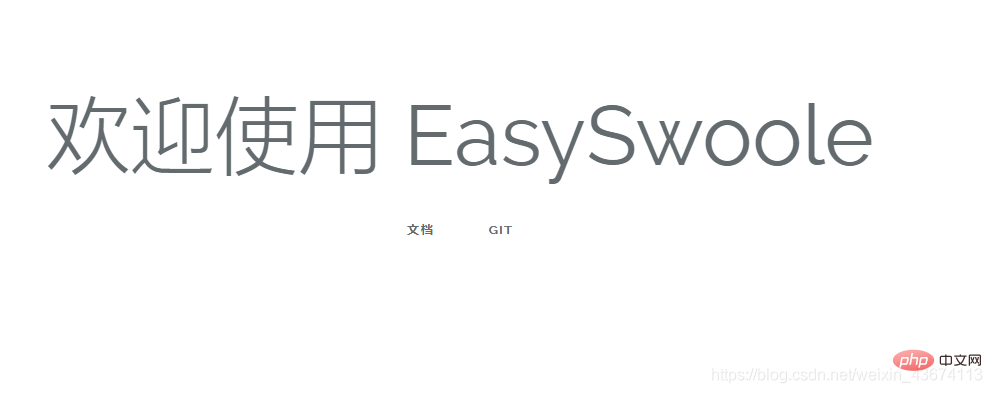
HTTP
HttpController为控制器根目录,访问会根据url自动映射到此目录的控制器中,Index作为默认控制器,index为默认方法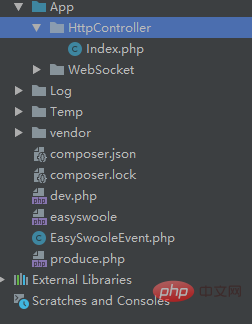
访问http://192.168.88.16:9501地址为默认访问到index.php控制器中index方法,即http://192.168.88.16:9501/index/index地址与tp框架的访问相类似
- 我们在index控制器中新建一个hello方法,打印hello world,重新启动项目,访问http://192.168.88.16:9501/hello和http://192.168.88.16:9501/index/hello页面都会打印hello world
<?phpnamespace AppHttpController;use EasySwooleHttpAbstractInterfaceController;class Index extends Controller{ public function hello(){ $this->response()->write('hello world'); } public function index() { $file = EASYSWOOLE_ROOT.'/vendor/easyswoole/easyswoole/src/Resource/Http/welcome.html'; if(!is_file($file)){ $file = EASYSWOOLE_ROOT.'/src/Resource/Http/welcome.html';//欢迎页面 } $this->response()->write(file_get_contents($file)); } protected function actionNotFound(?string $action) { $this->response()->withStatus(404); $file = EASYSWOOLE_ROOT.'/vendor/easyswoole/easyswoole/src/Resource/Http/404.html'; if(!is_file($file)){ $file = EASYSWOOLE_ROOT.'/src/Resource/Http/404.html'; } $this->response()->write(file_get_contents($file)); }}
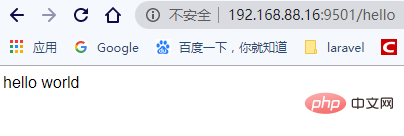
WebSocket
WebSocket协议在传统的phpweb框架就不适用了,在php中基本就使用workerman和swoole去解决这种场景,在easyswoole框架即是swoole的封装
- 在dev.php配置文件,将服务类型SERVER_TYPE修改为EASYSWOOLE_WEB_SOCKET_SERVER,进行WebSocket通讯,EasySwooleEvent.php文件中,新增主服务增加onMessage事件监听消息
<?phpnamespace EasySwooleEasySwoole;use EasySwooleEasySwooleSwooleEventRegister;use EasySwooleEasySwooleAbstractInterfaceEvent;use EasySwooleHttpRequest;use EasySwooleHttpResponse;class EasySwooleEvent implements Event{ public static function initialize() { // TODO: Implement initialize() method. date_default_timezone_set('Asia/Shanghai'); } public static function mainServerCreate(EventRegister $register) { // TODO: Implement mainServerCreate() method. $register->set(EventRegister::onMessage,function (swoole_websocket_server $server, swoole_websocket_frame $frame){ var_dump($frame); }); } public static function onRequest(Request $request, Response $response): bool { // TODO: Implement onRequest() method. return true; } public static function afterRequest(Request $request, Response $response): void { // TODO: Implement afterAction() method. }}
- 使用easyswoole的测试工具进行连接测试
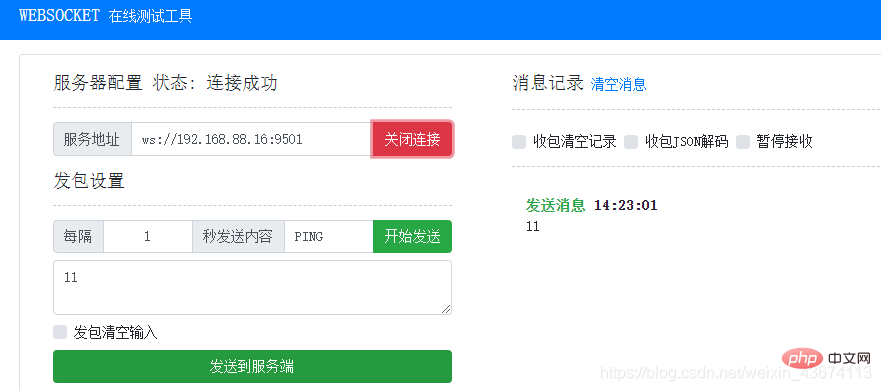
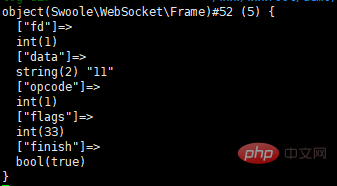
WebSocket控制器
在WebSocket,一般都是在一个onmessage中写响应代码,业务复杂的情况下一个方法中非常的冗长,easyswoole提供一种类似控制器方式的写法,这里已官方的例子为例:
- 安装拓展包
composer require easyswoole/socket
dev.php,修改SERVER_TYPE为:
‘SERVER_TYPE’ => EASYSWOOLE_WEB_SOCKET_SERVER,
注册服务:
public static function mainServerCreate(EventRegister $register): void{ /** * **************** websocket控制器 ********************** */ // 创建一个 Dispatcher 配置 $conf = new EasySwooleSocketConfig(); // 设置 Dispatcher 为 WebSocket 模式 $conf->setType(EasySwooleSocketConfig::WEB_SOCKET); // 设置解析器对象 $conf->setParser(new WebSocketParser()); // 创建 Dispatcher 对象 并注入 config 对象 $dispatch = new Dispatcher($conf); // 给server 注册相关事件 在 WebSocket 模式下 on message 事件必须注册 并且交给 Dispatcher 对象处理 $register->set(EventRegister::onMessage, function (swoole_websocket_server $server, swoole_websocket_frame $frame) use ($dispatch) { $dispatch->dispatch($server, $frame->data, $frame); });}
创建App/WebSocket/WebSocketParser.php文件
namespace AppWebSocket;use EasySwooleSocketAbstractInterfaceParserInterface;use EasySwooleSocketClientWebSocket;use EasySwooleSocketBeanCaller;use EasySwooleSocketBeanResponse;/** * Class WebSocketParser * * 此类是自定义的 websocket 消息解析器 * 此处使用的设计是使用 json string 作为消息格式 * 当客户端消息到达服务端时,会调用 decode 方法进行消息解析 * 会将 websocket 消息 转成具体的 Class -> Action 调用 并且将参数注入 * * @package AppWebSocket */class WebSocketParser implements ParserInterface{ /** * decode * @param string $raw 客户端原始消息 * @param WebSocket $client WebSocket Client 对象 * @return Caller Socket 调用对象 */ public function decode($raw, $client) : ? Caller { // 解析 客户端原始消息 $data = json_decode($raw, true); if (!is_array($data)) { echo "decode message error! "; return null; } // new 调用者对象 $caller = new Caller(); /** * 设置被调用的类 这里会将ws消息中的 class 参数解析为具体想访问的控制器 * 如果更喜欢 event 方式 可以自定义 event 和具体的类的 map 即可 * 注 目前 easyswoole 3.0.4 版本及以下 不支持直接传递 class string 可以通过这种方式 */ $class = 'AppWebSocket'. ucfirst($data['class'] ?? 'Index'); $caller->setControllerClass($class); // 提供一个事件风格的写法// $eventMap = [// 'index' => Index::class// ];// $caller->setControllerClass($eventMap[$data['class']] ?? Index::class); // 设置被调用的方法 $caller->setAction($data['action'] ?? 'index'); // 检查是否存在args if (!empty($data['content'])) { // content 无法解析为array 时 返回 content => string 格式 $args = is_array($data['content']) ? $data['content'] : ['content' => $data['content']]; } // 设置被调用的Args $caller->setArgs($args ?? []); return $caller; } /** * encode * @param Response $response Socket Response 对象 * @param WebSocket $client WebSocket Client 对象 * @return string 发送给客户端的消息 */ public function encode(Response $response, $client) : ? string { /** * 这里返回响应给客户端的信息 * 这里应当只做统一的encode操作 具体的状态等应当由 Controller处理 */ return $response->getMessage(); }}
创建App/WebSocket/Index.php文件
composer require easyswoole/task
<?php/** * Created by PhpStorm. * User: Apple * Date: 2018/11/1 0001 * Time: 14:42 */namespace AppWebSocket;use EasySwooleEasySwooleServerManager;use EasySwooleEasySwooleTaskTaskManager;use EasySwooleSocketAbstractInterfaceController;/** * Class Index * * 此类是默认的 websocket 消息解析后访问的 控制器 * * @package AppWebSocket */class Index extends Controller{ function hello() { $this->response()->setMessage('call hello with arg:'. json_encode($this->caller()->getArgs())); } public function who(){ $this->response()->setMessage('your fd is '. $this->caller()->getClient()->getFd()); } function delay() { $this->response()->setMessage('this is delay action'); $client = $this->caller()->getClient(); // 异步推送, 这里直接 use fd也是可以的 TaskManager::getInstance()->async(function () use ($client){ $server = ServerManager::getInstance()->getSwooleServer(); $i = 0; while ($i < 5) { sleep(1); $server->push($client->getFd(),'push in http at '. date('H:i:s')); $i++; } }); }}
- 用websocket测试工具进行测试,进行提交的json自动到相应的控制器方法中进行处理







